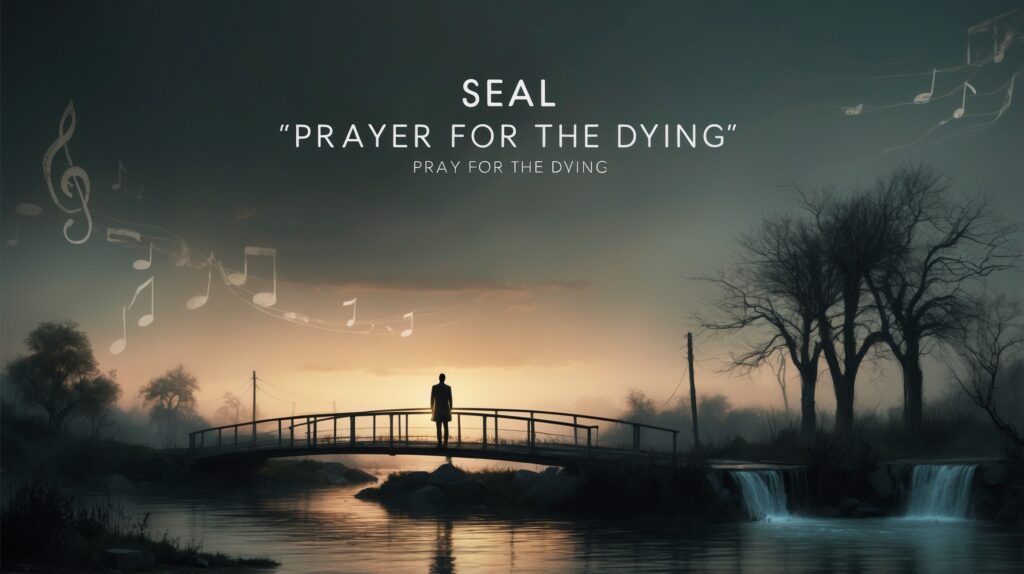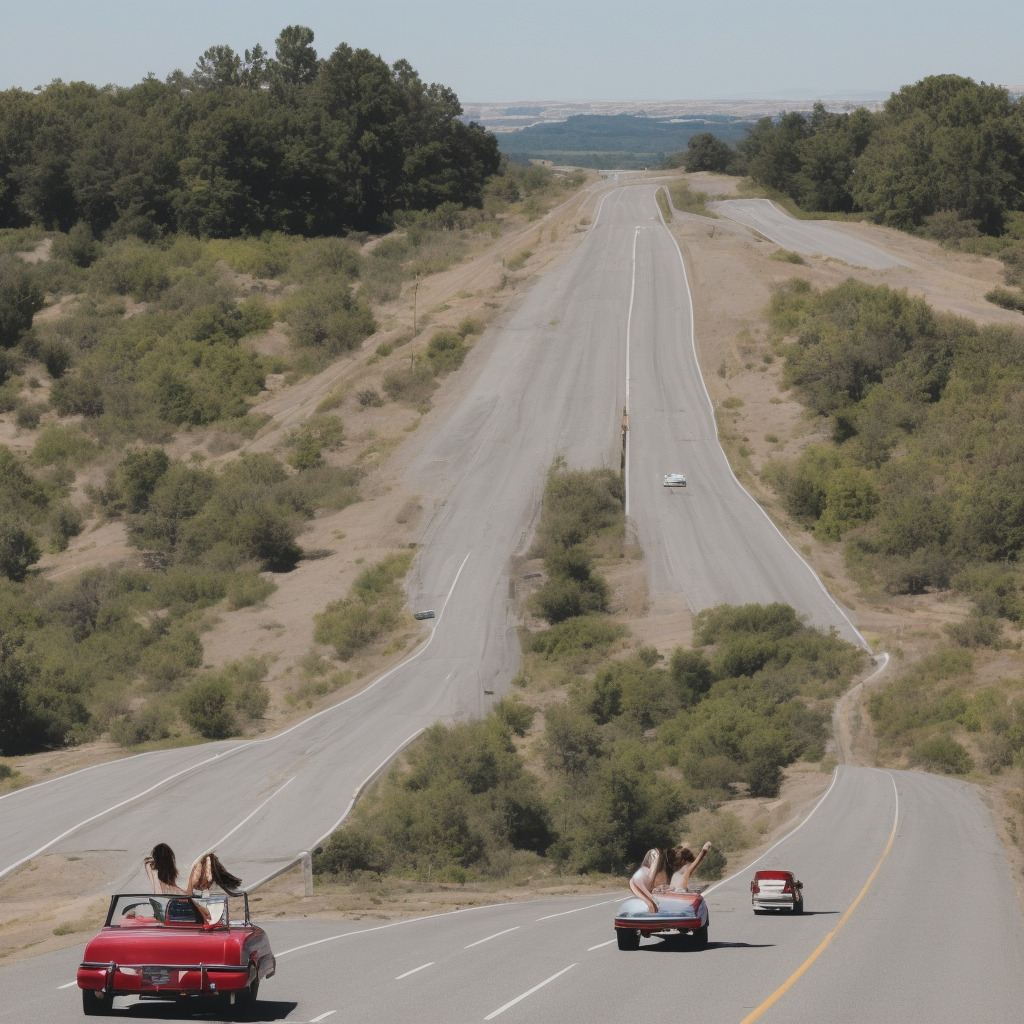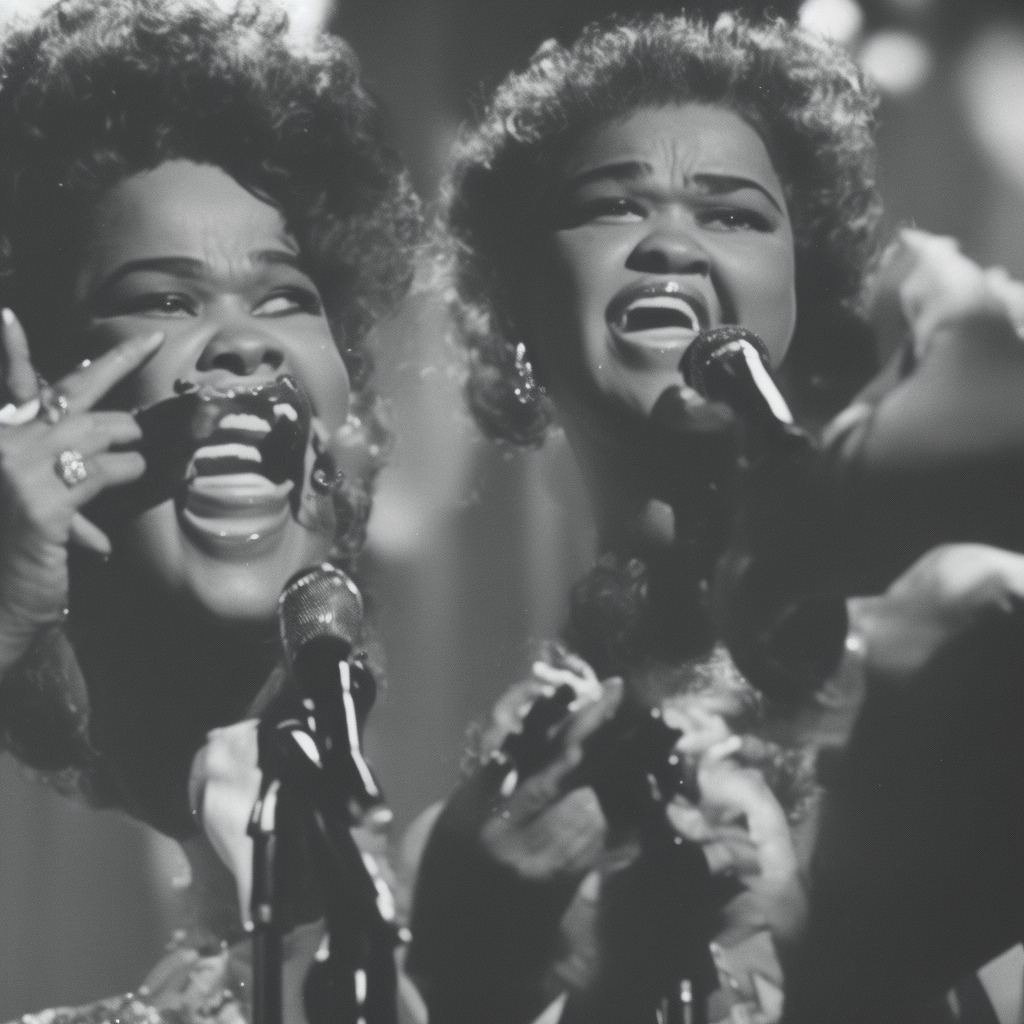Seal: A Voice That Echoes Timelessness
Delve into the life of Seal, the iconic voice behind ‘Prayer for the Dying,’ and explore his early career, achievements, and the influential era during which this timeless song emerged.
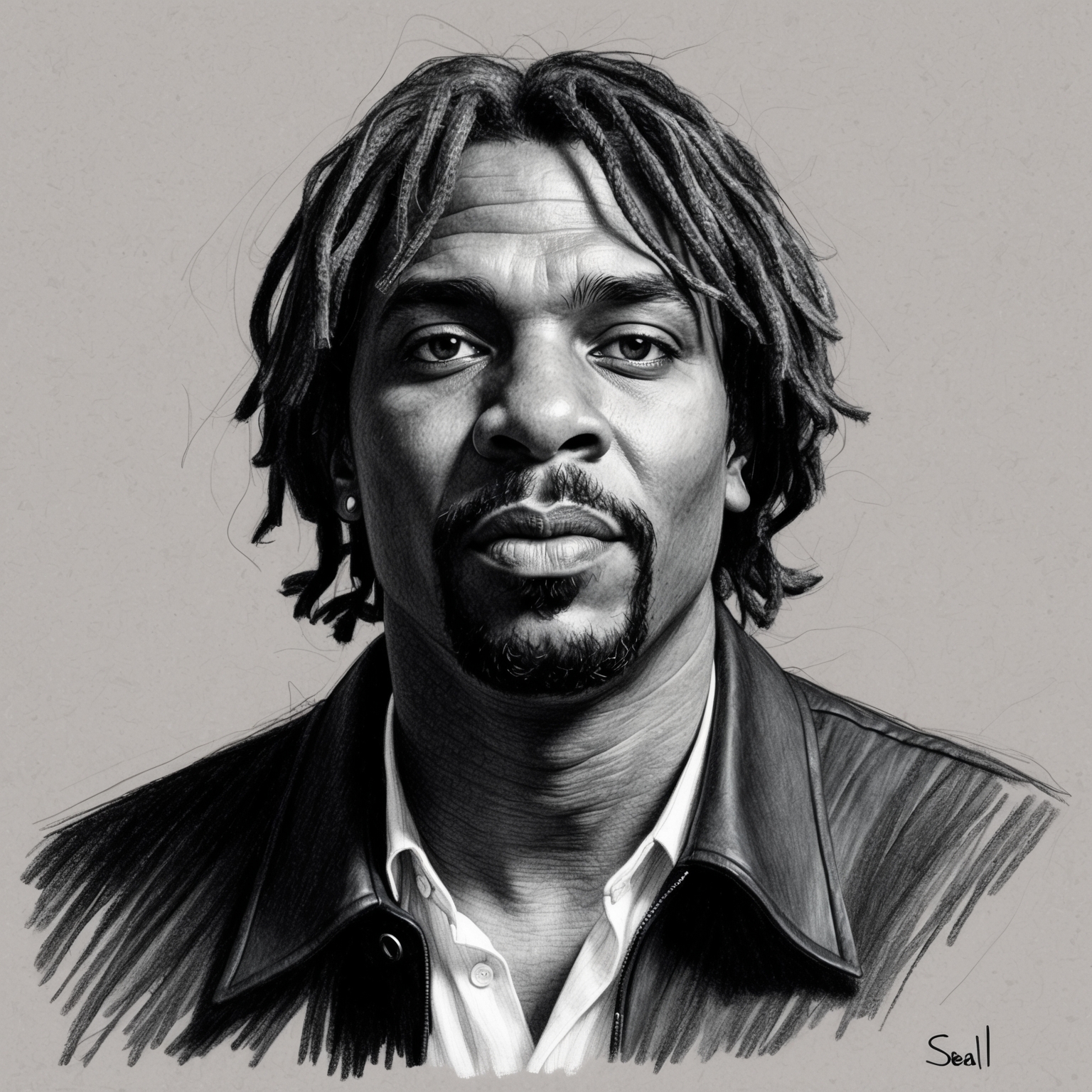
Seal, born as Seal Henry Olusegun Olumide Adeola Samuel, holds a special place in the realm of music with his unmistakable voice and rich blend of genres. Emerging from the UK in the early 1990s, Seal’s career skyrocketed thanks to his ability to fuse pop, soul, and rock elements into a signature sound. His expressive baritone voice and deeply emotive songs have captivated audiences worldwide, with ‘Prayer for the Dying’ being a standout track in his catalog.
Seal’s journey into music wasn’t an ordinary one. Before his rise to fame, he studied architecture and traveled around London, performing in local clubs. His career took a significant turn when ‘1991’s ‘Seal,’ his self-titled debut album, propelled him to international stardom. The album’s success was largely driven by hits like ‘Crazy’ and ‘Killer,’ which established his penchant for blending atmospheric sounds with powerful lyrics.
The era surrounding the release of ‘Prayer for the Dying’ in 1994 was pivotal. It was a time when alternative and soulful music began to dominate the charts, and Seal’s second album, ‘Seal II,’ showcased his growth as an artist. Collaborations with producer Trevor Horn enriched his sound, infusing it with lush textures and intricate layers. The creative process during the making of ‘Seal II’ was marked by an exploration of personal and existential themes, which resonated deeply with listeners, cementing his place in the music industry.
Unveiling the Maestro Behind the Melody
Explore the background, style, and influence of Trevor Horn, the brilliant composer behind Seal’s ‘Prayer for the Dying,’ whose innovative techniques and collaborative spirit brought the song to life.

Every mesmerizing note and captivating chord in ‘Prayer for the Dying’ is a testament to the genius of its composer, Trevor Horn. A towering figure in the music industry, Horn has left an indelible mark with his innovative approach to music production and composition. Born in Durham, England, he began his musical journey experimenting with the bass guitar and soon found himself captivated by the art of songcrafting. His early foray into the world of music set the stage for what would become a storied career filled with groundbreaking work and iconic hits.
Trevor Horn is renowned for his eclectic musical style, seamlessly blending elements from various genres to create a distinct soundscape that is both refreshing and timeless. Influenced by the ethereal sounds of the ’80s and the burgeoning electronic scene, Horn’s compositions frequently feature lush, textured layers and a harmonious balance between synthetic and organic sounds. His work often draws on the emotional strength of classical compositions while integrating the rhythmic pulse of modern pop and rock.
Horn’s role in crafting ‘Prayer for the Dying’ was instrumental in shaping the song’s unique sound. His expert touch can be heard in the subtle yet powerful build-up of the music, reflecting the contemplative and introspective nature of the lyrics penned by Seal. Through his composition, Horn managed to create an intricate dance between the vocals and instrumentals, allowing the evocative lyrics to take center stage without overshadowing the sweeping orchestral backdrop. It’s these harmonious elements combined that played a critical part in the track’s success and enduring appeal.
The Resounding Echoes of Success: Awards and Honors
Dive into the accolades of “Prayer for the Dying” by Seal, exploring its awards, nominations, and noteworthy covers that have resonated through the years. Discover how this haunting ballad continues to leave an indelible mark on the musical landscape.

Seal’s haunting ballad, “Prayer for the Dying,” stands as a testament to his unique artistry, and unsurprisingly, it has earned its fair share of accolades over the years. While the song itself didn’t sweep major award shows, its enduring popularity and critical acclaim have been remarkable. Released as part of Seal’s second studio album in 1994, the song highlighted his ability to blend soulful lyrics with a powerful vocal delivery, capturing the attention of both fans and critics alike.
One notable mention is its nomination at the MTV Video Music Awards in 1995, where it was in the running for Best Male Video. While it didn’t win, the nomination underscored Seal’s impact on the music video landscape, praised for its visual storytelling that complements the song’s emotive core. Cruising through the 90s music channels, the video became a staple that echoed Seal’s reach as an influential artist during that era.
The song’s timeless appeal hasn’t gone unnoticed by other artists. Over the years, “Prayer for the Dying” has been covered by various musicians, each bringing their own flavor to the iconic track. Notable versions include a stripped-down acoustic rendition that showcases the song’s lyrical depth, and a soulful jazz cover that transforms it into a different mood altogether. Each interpretation highlights the song’s versatility and its profound impact across musical genres.
The Rise of Seal’s ‘Prayer for the Dying’ on the Charts
Seal’s ‘Prayer for the Dying’ experienced significant chart success in both the UK and the US, thanks to strategic promotion and its genre-crossing appeal.

‘Prayer for the Dying’ by Seal was released as the lead single from his second studio album, ‘Seal II,’ in April 1994. The song marked a significant moment in Seal’s career, thanks to its stirring lyrics and soulful sound. It quickly gained traction, debuting on various music charts with a strong initial performance that reflected its appeal across different audiences.
Upon its release, ‘Prayer for the Dying’ entered the UK Singles Chart, peaking at number 14. In the United States, it achieved even greater success, reaching number 21 on the Billboard Hot 100. This reinforced Seal’s presence in the American music industry following his earlier successes, such as ‘Crazy’ from his debut album. The song’s popularity was further underscored by reaching number one on the Billboard Modern Rock Tracks and number five on the Mainstream Top 40, showcasing its cross-genre appeal.
The song’s success can be attributed to a combination of strategic marketing and Seal’s distinct musical style. Warner Bros. Records, the label behind the release, supported the song with an extensive promotional campaign, including captivating music videos and live performances on prominent platforms like MTV and various talk shows. Critically, ‘Prayer for the Dying’ was well-received, praised for its introspective lyrics and Seal’s emotive delivery, further cementing his status as an innovative artist and paving the way for his album’s success in the musical landscape of the 1990s.
Visual Narratives in ‘Prayer for the Dying’: Music Video Exploration
Discover the captivating visual journey of Seal’s ‘Prayer for the Dying’ music video, where imagery and song unite to evoke profound themes and emotions.
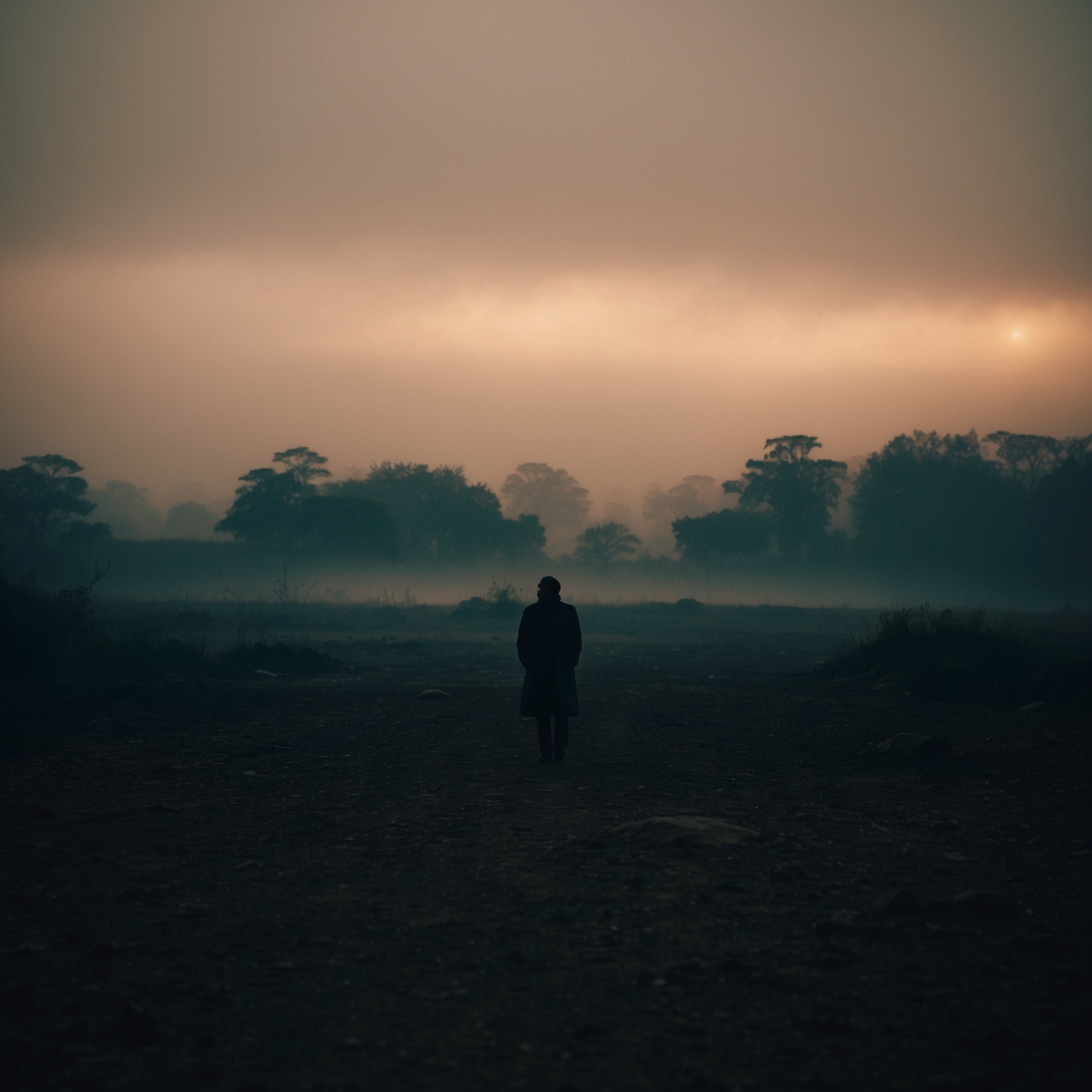
The music video for Seal’s ‘Prayer for the Dying’ is a visually compelling journey that beautifully complements the song’s evocative themes. The video artfully blends imagery and performance to explore the profundity of life’s transitions, just as the song does through its lyrics. Though not as widely discussed as some other music videos from the same era, it still carries a quality that resonates with the essence of the song. The visuals play an integral role in shaping the audience’s understanding and emotional response.
At its core, the video reinforces the song’s themes of hope, acceptance, and reflection. The use of artistic visuals such as atmospheric landscapes, interspersed with shots of Seal performing, creates an atmospheric backdrop against which the song unfolds. The transitions between these scenes mimic the ebb and flow of life, underscoring the central message of embracing change. This reflective style contributes significantly to the song’s popularity, drawing viewers into its meditative realm.
While the video did not boast high-profile cameos or trending production techniques common in the 90s era, it is thoughtfully crafted, serving the song’s depth well. Directed by Paul Boyd, known for his creative finesse and ability to encapsulate the essence of a song visually, the music video has been appreciated for its understated elegance. Praises often highlight its success in maintaining a balance – staying true to the personal and introspective nature of Seal’s music, while making a lasting visual impression.
Decoding the Sonic Canvas: Unveiling the Complex Structure of ‘Prayer for the Dying’
Explore the intricate musical structure of Seal’s ‘Prayer for the Dying,’ a song that captures emotional depth through its key, chord progression, and melodic composition, while highlighting Seal’s artistic evolution.
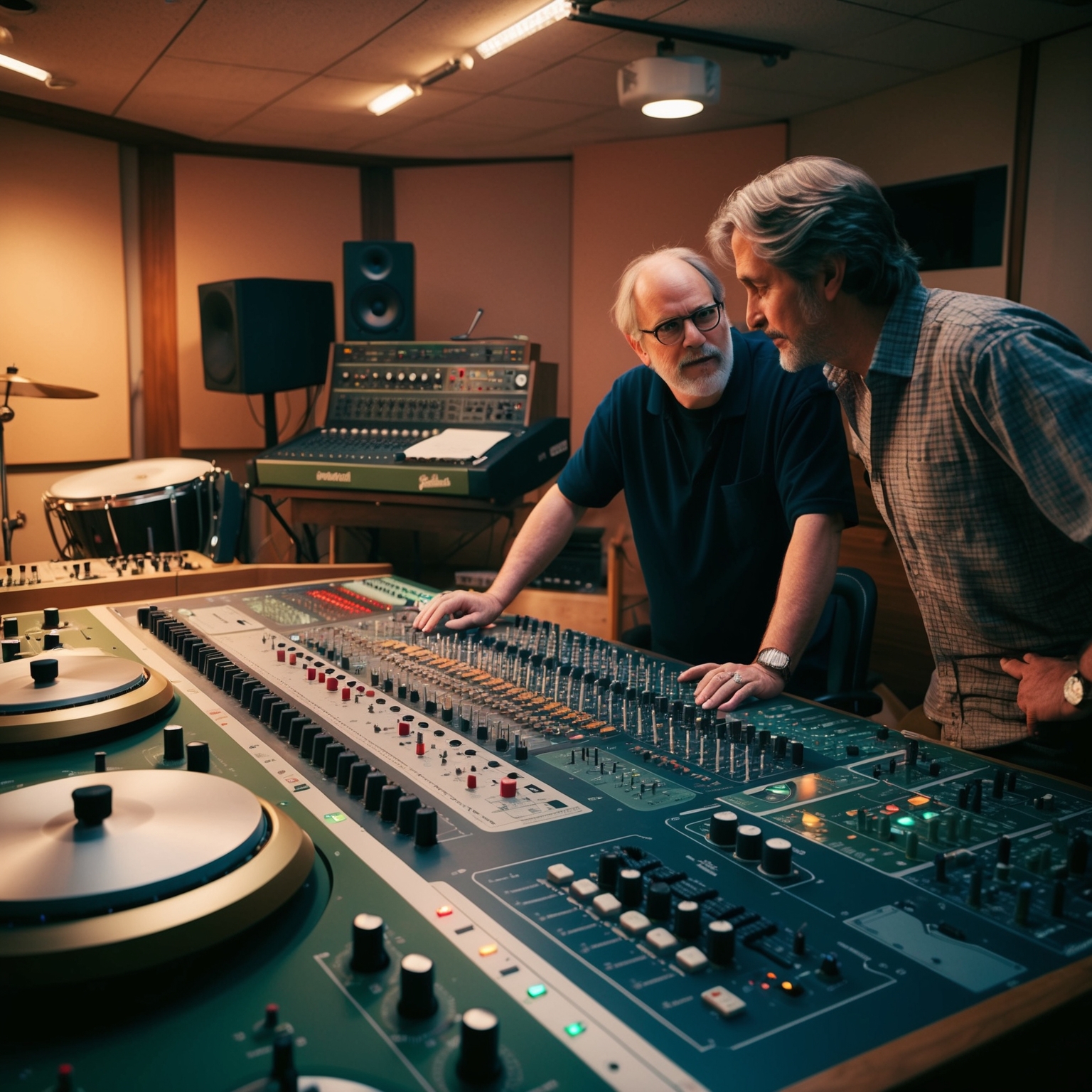
The song ‘Prayer for the Dying’ by Seal is a masterclass in sophisticated song structure, reflecting a layered musical composition that is both timeless and innovative. It’s primarily written in the key of B minor, a choice that imparts a mystic and introspective feel to the track. The song employs a rich chord structure, predominantly using B minor, E minor, and G major chords, which helps to create a haunting yet comforting soundscape. With a moderate tempo of around 76 beats per minute, the song captures a steady, contemplative rhythm that is instrumental in conveying its profound emotional depth.
Melodically, ‘Prayer for the Dying’ is structured around a compelling blend of harmony and rhythm. Seal’s use of a varied vocal range enhances the depth of the melody, while the seamless integration of harmony provides an ethereal quality to the song. The rhythm, driven subtly by percussions, complements Seal’s soulful voice and imparts a smooth, flowing feel. The strategic layering of synthesizers and acoustic instruments adds a lush texture, underscoring the song’s emotional layers. Notable is the tactile presence of the guitar, providing both rhythm and melodic undertones that enrich the song’s harmonic structure.
In the broader context of Seal’s discography, ‘Prayer for the Dying’ signifies a maturation point in his artistic evolution. When compared to earlier works like ‘Crazy,’ this track demonstrates a shift towards more complex melodic structures and deeper lyrical themes, suggesting Seal’s growing exploration of existential reflections within his music. Produced by the renowned Trevor Horn, known for his meticulous attention to sonic detail, the track was recorded at the Sarm West Studios in London. Anecdotes from the recording sessions reveal a collaborative atmosphere, one that was instrumental in giving the song its multifaceted sound—a testament to Seal’s and Horn’s dedication to pushing creative boundaries.
Decoding the Emotional Depth and Poetic Nuances
Seal’s ‘Prayer for the Dying’ combines themes of mortality and existential reflection through a nuanced lyrical narrative, employing metaphors and vivid imagery to engage listeners.
Fearless people
Careless needle
Harsh words spoken
And lives are broken
Forceful ageing
Help me I’m fading
Heaven’s waiting
It’s time to move on
Crossing that bridge
With lessons I’ve learned
Playing with fire
And not getting burned
I may not know what you’re going through
But time is the space
Between me and you
Life carries on… it goes on
Just say die
And that would be pessimistic
In your mind
…
******* This Lyrics is NOT for Commercial use *******
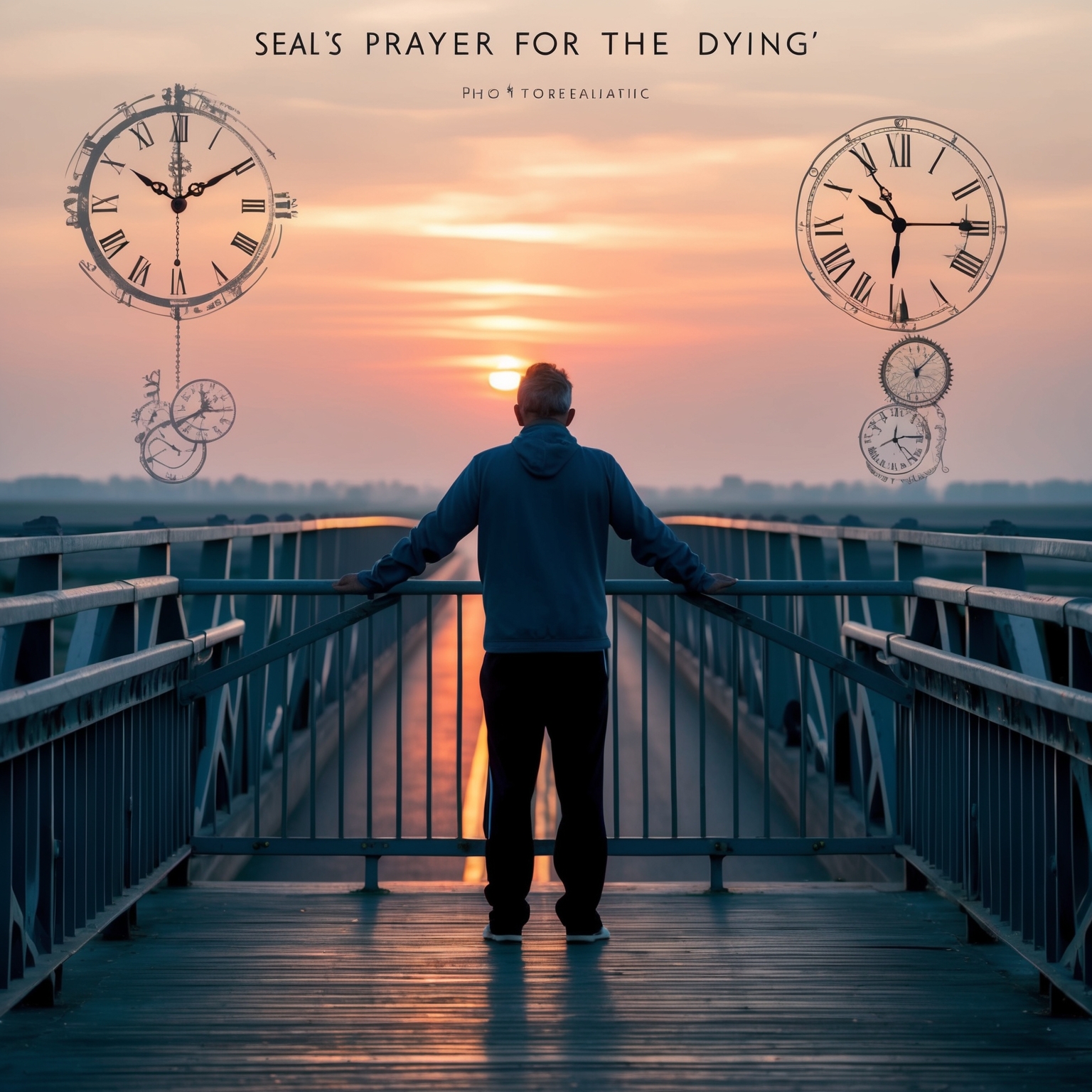
Seal’s ‘Prayer for the Dying’ is a lyrically rich tapestry, weaving together themes of mortality, resilience, and existential reflection. The song opens with a stark juxtaposition of traits – ‘Fearless people, Careless needle’ – setting the stage for a narrative that balances bold living against the careless actions that can shatter lives. This vivid imagery captures the listener’s attention while hinting at the fragility of human existence.
Delving deeper, the song’s narrative unfolds through a contemplative first-person perspective, guiding listeners on a journey of introspection and acceptance. Lines like ‘I may not know what you’re going through, but time is the space between me and you’ resonate as a philosophical musing on the distance that time and circumstances create between people. This perspective fosters an emotional connection, inviting audience reflection on their own life experiences.
Throughout the track, Seal incorporates literary devices to enhance the lyrical quality, such as the metaphor ‘Playing with fire and not getting burned,’ encapsulating the daring yet cautious approach one might take when navigating life’s challenges. These metaphors lend a poetic resonance that enriches the theme of life’s unpredictability. The song refrains from offering clear answers, instead embracing ambiguity to mirror the complexity of human emotions, making it relatable across diverse listeners.
The embodying atmosphere leans towards introspection, echoing artistic influences seen in poetry and philosophical literature, while staying universally appealing. Emotional openness and vulnerability depicted in the lyrics contribute significantly to its lasting impact, allowing listeners to find comfort in shared human experiences.
Seal’s Prayer for the Dying hit the charts in ’94, but did you know it was inspired by a friend’s battle with AIDS? ? Reflective lyrics with heart! ?
Click to Tweet

